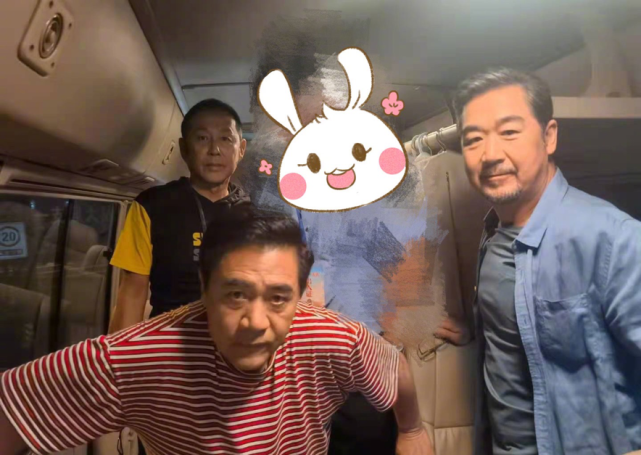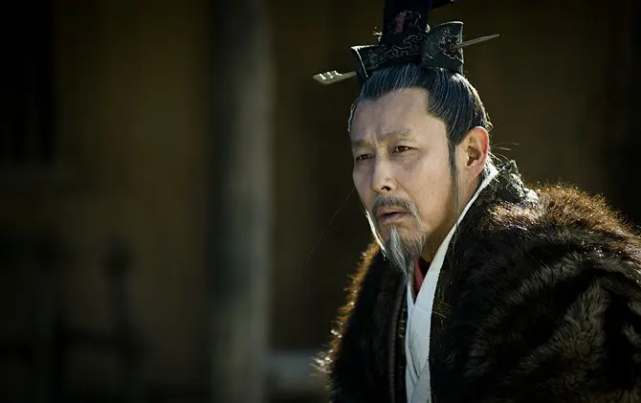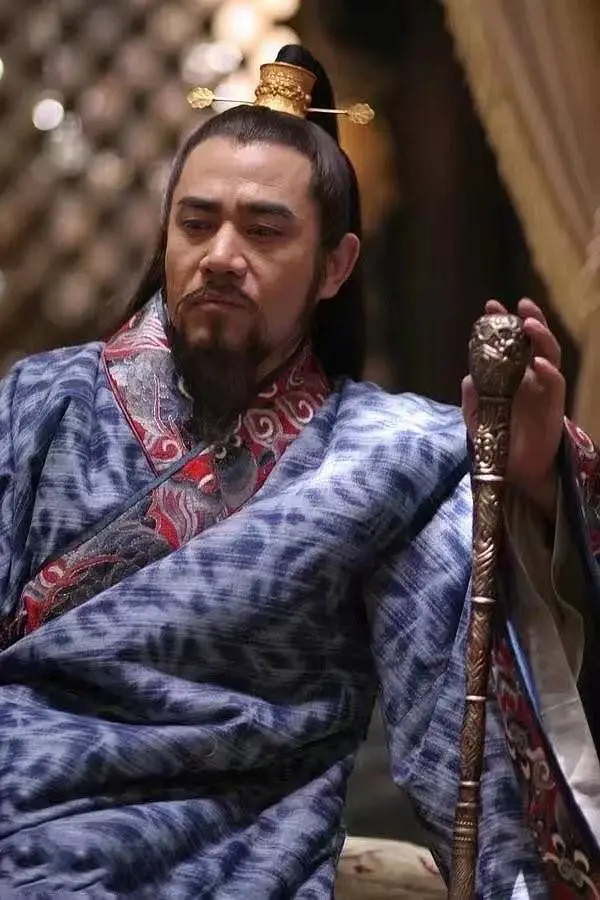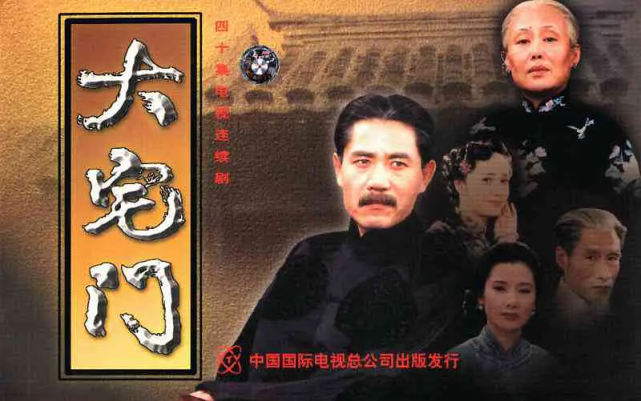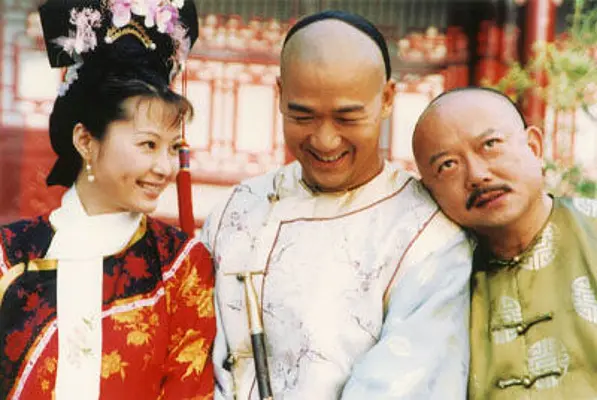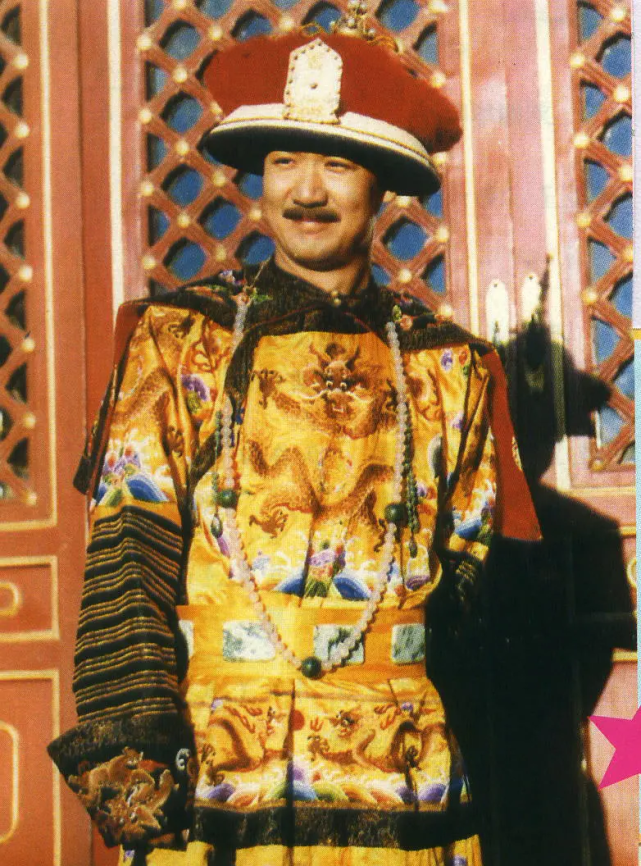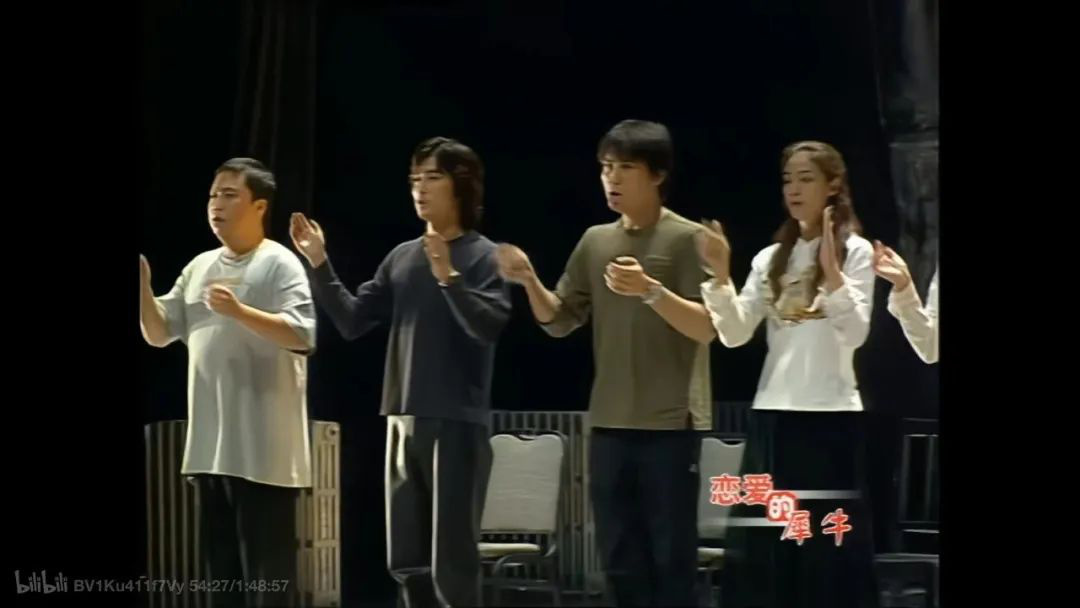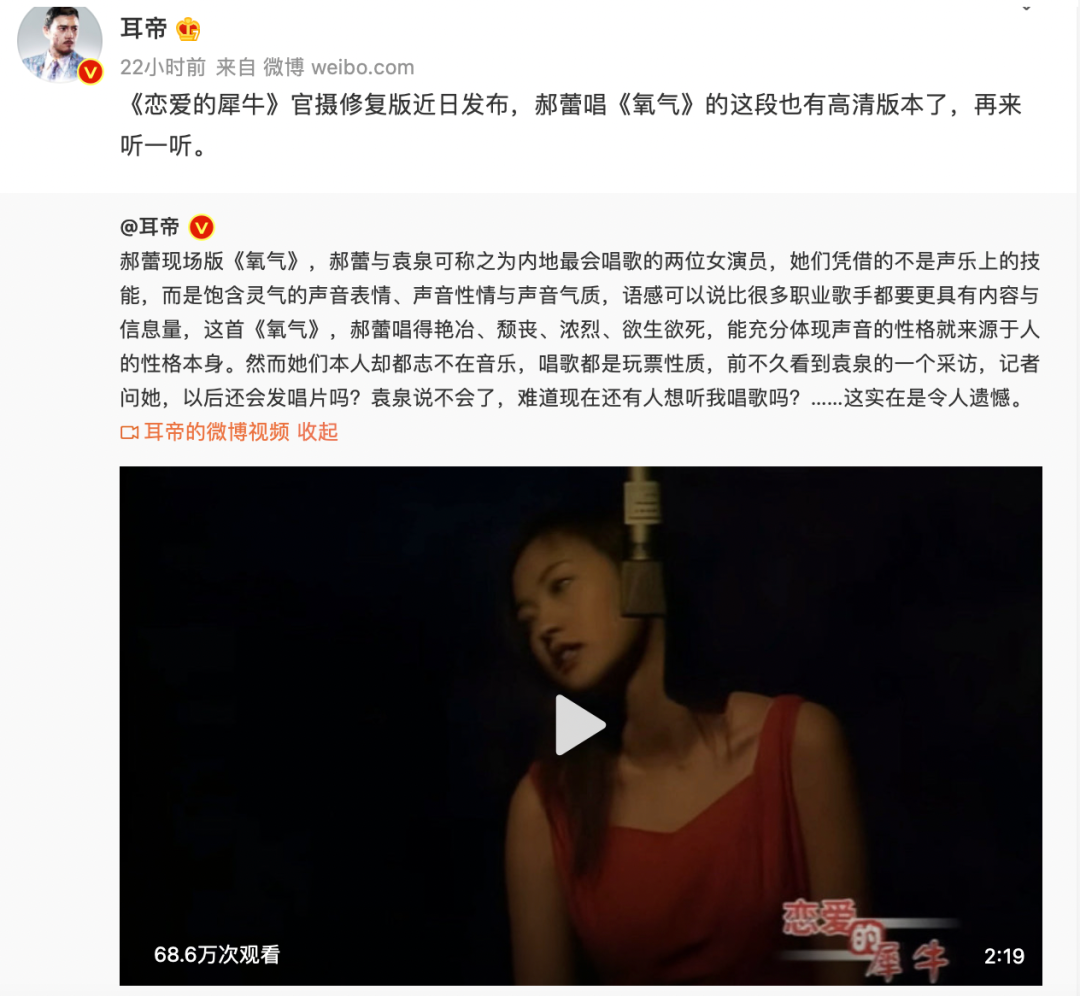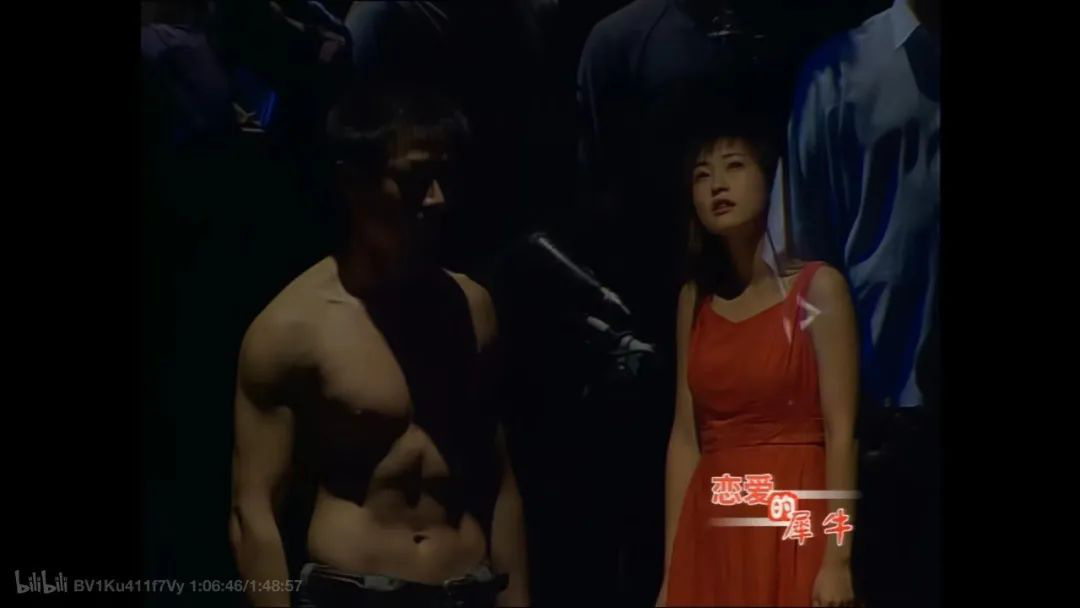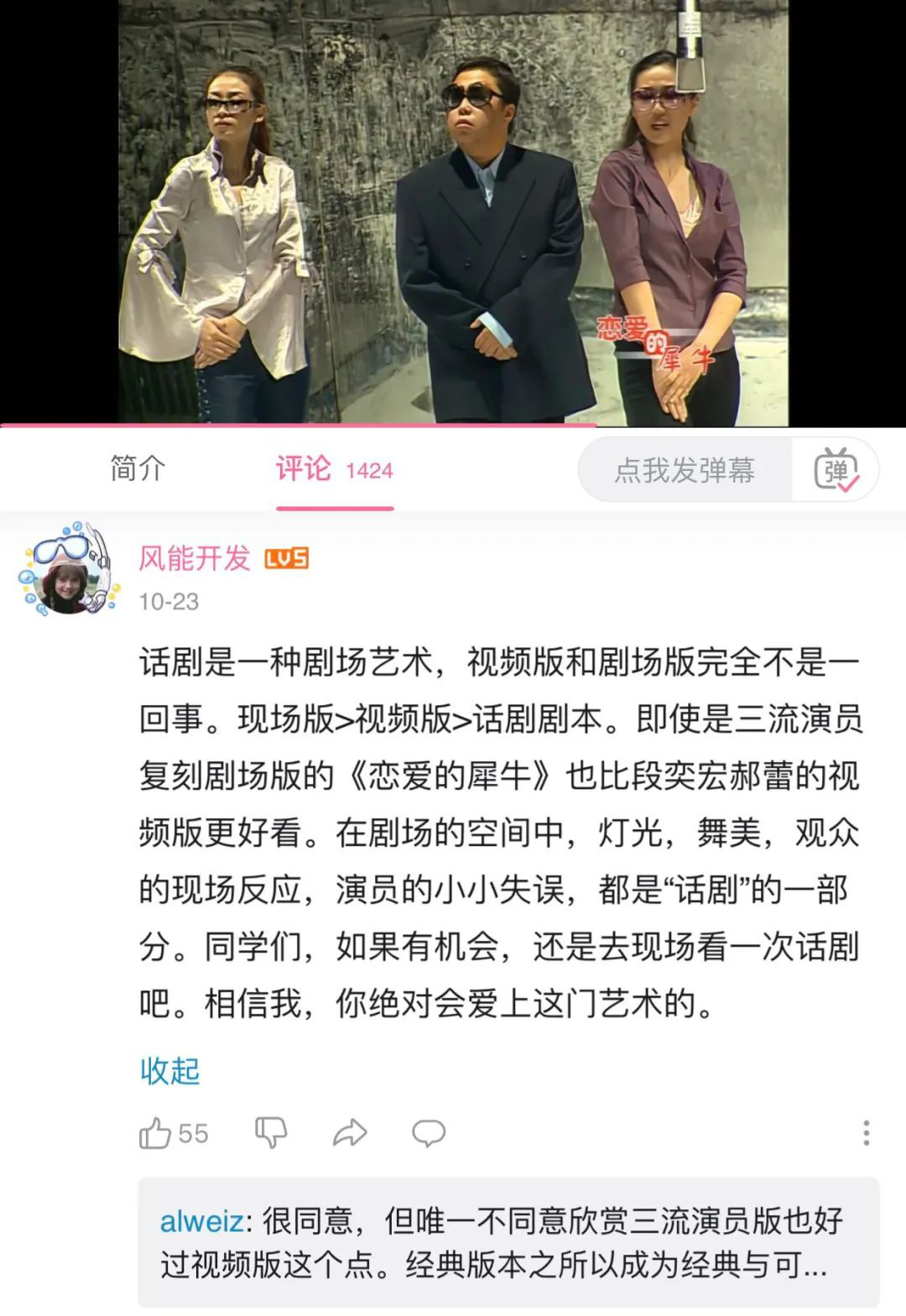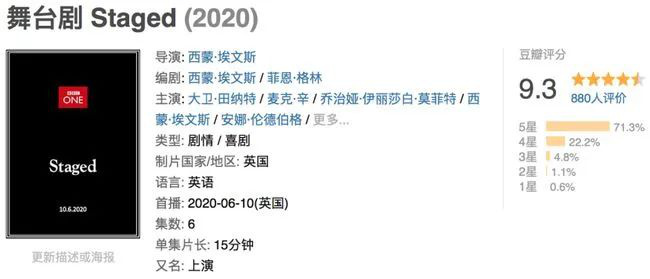This year, the supreme leader led the construction of the "Belt and Road" to be stable and far-reaching
Xinhuanet reporter Wang Zihui
[While learning is going on] On May 14th, 2017, the Chairman of the Supreme Leader attended the opening ceremony of the "Belt and Road" international cooperation summit forum and delivered a keynote speech, emphasizing the building of the "Belt and Road" into a road of peace, prosperity, openness, innovation and civilization. In the past year, how has the supreme leader vigorously promoted the construction of the "Belt and Road"? Xinhua News Agency’s original brand column "Workshop" of "Learning in Progress" launched an article to sort out and interpret it for you.
"Today, a group of talented people will gather together, and I look forward to your brainstorming and speaking freely, in order to promote ‘ Belt and Road ’ Construction offers suggestions and suggestions to make this century project benefit people of all countries. "
One year has passed, and the keynote speech of the Chairman of the Supreme Leader at the opening ceremony of the "Belt and Road" international cooperation summit forum is still impressive.
This summit forum is the highest-level and largest international conference within the framework of the "Belt and Road" construction, which is of milestone significance. As the organizer of the forum and the initiator of the Belt and Road Initiative, China has made a solemn commitment to the international community.
In order to "make this century project benefit the people of all countries", the supreme leader has made great efforts to lead the people of China to build the "Belt and Road", achieved brilliant results and won wide acclaim in the world.
Let the effectiveness of the "Belt and Road" benefit the world
The "Belt and Road" construction is an initiative put forward by the supreme leader in 2013. It stems from the supreme leader’s deep insight into the world development trend and deep thinking about the future and destiny of mankind.
In the plan of the supreme leader, the core content of the "Belt and Road" construction is to promote infrastructure construction and interconnection, connect national policies and development strategies, deepen pragmatic cooperation, promote coordinated and coordinated development, and achieve common prosperity.
In a word, the Belt and Road Initiative comes from China, but its effectiveness has benefited the world.
On May 14, 2017, the top leaders attended the opening ceremony of the "Belt and Road" international cooperation summit forum and delivered a keynote speech. On May 15, they presided over the round-table summit, urging the participating parties to sign a number of cooperation agreements, reach a number of cooperation projects, and put forward a series of cooperation initiatives, forming a list of 76 items and more than 270 items.
To sum up, these important achievements are to deepen policy communication among countries, strengthen facilities connectivity, improve trade smoothness, expand capital financing, and promote people-to-people communication. Every aspect is closely related to the well-being of people in all countries.
Over the past year, on different occasions, the Supreme Leader has repeatedly expounded China’s firm stance and declared his magnanimity.
— — The construction of the "Belt and Road" is not a new stove, but a strategic docking and complementary advantages.
— — The "One Belt, One Road" initiative is not a geopolitical tool, but a pragmatic cooperation platform; It is not a foreign aid plan, but a joint development initiative to discuss, build and share.
— — The Belt and Road Initiative is not a conspiracy of China, as some people in the world claim. It is neither the Marshall Plan after World War II nor the plot of China.
… …
Over the past year, in previous bilateral activities, the top leaders frequently discussed in depth the areas and ways of cooperation within the framework of the "Belt and Road".
Russia’s Eurasian Economic Union construction, Mongolia’s "road to development" initiative, Greece’s strategy of building an important international logistics transit hub, Malaysia’s economic transformation plan, Kazakhstan’s "bright road" new economic policy, Saudi Arabia’s "Vision 2030" and Turkey’s "middle corridor" & HELIP; … The top leaders have heart-to-heart discussions with politicians from all over the world to discuss the plan of connecting the "Belt and Road" construction with the development plans of various countries, in order to achieve the actual effect of "one plus one is greater than two".
Since the "Belt and Road Initiative" was put forward, the top leaders have always adhered to the Silk Road spirit of "peaceful cooperation, openness and tolerance, mutual learning and mutual benefit" to plan and promote the "Belt and Road Initiative", and the six-word principle of "mutual cooperation, joint construction and sharing" has never changed.
Let the effectiveness of the Belt and Road Initiative benefit the world, which is the original intention of the Supreme Leader to put forward the Belt and Road Initiative and his unshakable goal of promoting the Belt and Road Initiative.
Let the "Belt and Road" Initiative Promote Economic Globalization
Openness brings progress, while closure leads to backwardness. This is the general consensus of the international community.
To solve the three prominent contradictions, namely, insufficient kinetic energy of global growth, lagging global economic governance and unbalanced global development, we must adhere to the road of openness, mutual benefit and win-win, and it is an inevitable choice to build an open world economy.
Taking the "Belt and Road" construction as an opportunity to realize linkage development and inject new energy into the development of the world economy is a practical solution to the current world and regional economic problems.
At the "One Belt, One Road" international cooperation summit forum, the supreme leader stressed that it is necessary to build an open cooperation platform, maintain and develop an open world economy, jointly create an environment conducive to open development, promote the construction of a fair, reasonable and transparent international economic and trade investment rule system, and promote the orderly flow of production factors, efficient allocation of resources and deep market integration.
These important expositions are precisely to take the "Belt and Road" construction as an opportunity to unswervingly promote economic globalization and guide the direction of economic globalization.
Over the past year, we have increased financial support for the "Belt and Road" construction, actively developed close economic and trade partnerships with participating countries in the "Belt and Road" construction, and strengthened innovative cooperation with other countries … … A number of major interconnection and economic and trade cooperation projects have landed, and the initiatives put forward by the top leaders at the "Belt and Road" international cooperation summit forum have become a reality.
At the same time, under the planning of the supreme leader, China’s reform and opening-up continued to advance, which provided an important impetus for the construction of the Belt and Road Initiative and the development of an open world economy.
When attending the Boao Forum for Asia in April 2018, the top leaders announced four major measures to expand opening up, including greatly relaxing market access, creating a more attractive investment environment, strengthening intellectual property protection and actively expanding imports, with unprecedented efforts.
The Supreme Leader said: "We will make it come to the ground as soon as possible, sooner rather than later, sooner rather than later, and strive to make the fruits of opening up benefit China enterprises and people as soon as possible, and benefit enterprises and people all over the world as soon as possible."
"The open door of China will not be closed, but will only grow bigger and bigger." The Supreme Leader said: "The people of China welcome people from all countries to take the ‘ developed by China; Express ’ 、‘ Hitchhiking ’ 。” This is not only a will, but also a concrete action.
At present, the global business community has also regarded the "Belt and Road" as an opportunity that cannot be missed. In March this year, German industrial giant Siemens announced the establishment of a global "Belt and Road" office in Beijing, and has cooperated with more than 100 China enterprises to explore the national markets along the Belt and Road.
A number of multinational executives said that the "Belt and Road Initiative" means rare opportunities, especially in infrastructure and other fields, which has spawned a large number of new business opportunities. Bloomberg News published an article saying that the Belt and Road Initiative has become a "truly global solution".
Let the practice of "Belt and Road" promote the building of a community of human destiny.
In today’s world, the trend of peaceful cooperation, openness and accommodation, change and innovation is rolling forward. Proceeding from conforming to the historical trend and enhancing human well-being, the Supreme Leader put forward the idea of promoting the construction of a community of human destiny.
In October 2017, at the 19th National Congress of the Communist Party of China, when expounding Socialism with Chinese characteristics Thought in the new era, the Supreme Leader made it clear that the diplomacy of a big country with China characteristics should promote the construction of a new type of international relations and a community of human destiny.
The construction of the "Belt and Road" is the practice of building a community of human destiny. The Supreme Leader has repeatedly said: "I propose ‘ Belt and Road ’ The initiative is to achieve win-win and shared development. "
Over the past year, in a series of important international conferences, the supreme leader has always expounded the construction of the "Belt and Road" under the grand vision of building a community of human destiny. Meeting of BRICS leaders in Xiamen, APEC meeting in Da Nang, high-level dialogue between the Communist Party of China (CPC) and world political parties, Boao Forum for Asia & HELIP; … It is better to be.
Over the past year, in the practice of the "Belt and Road" construction, the connotation of the community of human destiny has been constantly enriched and enriched, and dividends are being concentrated.
The supreme leader stressed that it is necessary to actively promote the "Belt and Road" international cooperation, strive to achieve policy communication, facility connectivity, smooth trade, financial intermediation, and people’s hearts, create a new platform for international cooperation, and add new impetus to common development.
According to a report released by Boao Forum for Asia, in 2017, China enterprises built economic and trade cooperation zones in more than 20 countries, creating nearly $1.1 billion in tax revenue and nearly 180,000 jobs for the countries concerned.
International public opinion believes that "One Belt, One Road" has become an important path and grand practice for China to build a community of human destiny, showing strong vitality and bright development prospects.
The fundamental reason why the "Belt and Road" construction can take a solid step is that the supreme leader has always been committed to building the "Belt and Road" into an open and inclusive cooperation platform and a global public product jointly created by all parties.
More and more countries and organizations have voted for the "Belt and Road Initiative", which is fundamentally the sincere approval of the concept of building a community of human destiny. In the eyes of many international people, this reflects the global vision of unifying China’s own development with the common development of the world and the responsibility of a big country.
A survey conducted by the Pew Research Center covering 37 countries shows that more people trust the supreme leader in world affairs.
The "Belt and Road" bears the dream of the development and prosperity of all countries. To be stable and far-reaching, all parties need to establish the concept of a community of human destiny, plan together, practice together, and persist in their efforts bit by bit. After years of unremitting struggle, the "Belt and Road" will surely lead to a better future.
